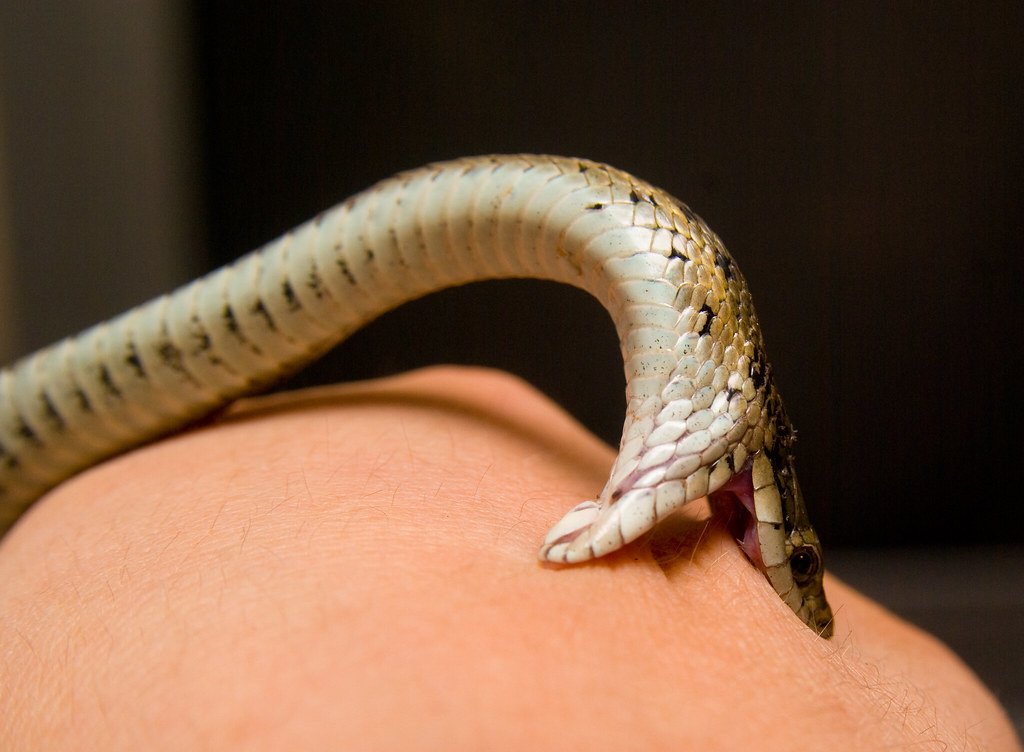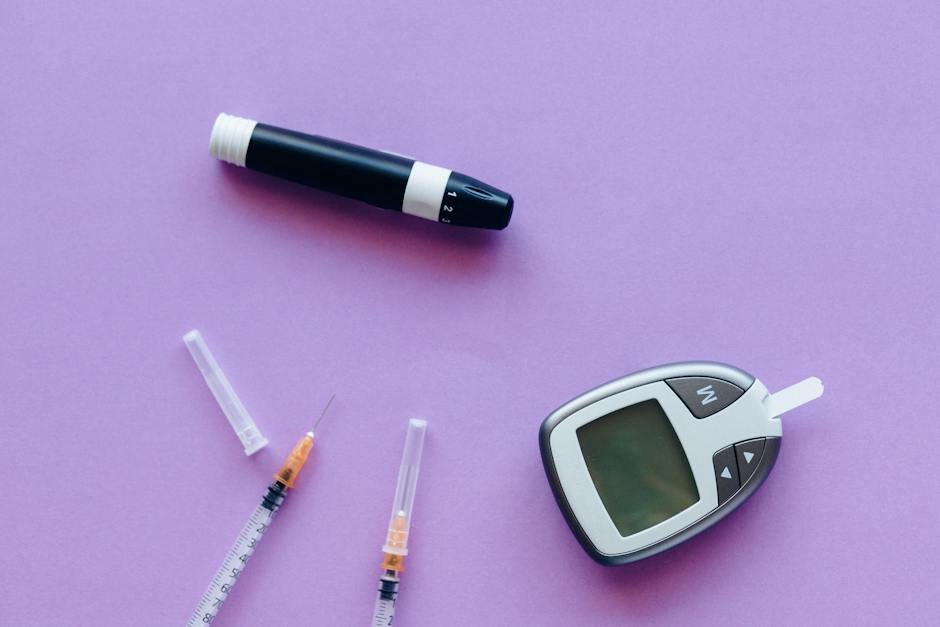Now Reading: How to Treat Animal Bites in the Wilderness
-
01
How to Treat Animal Bites in the Wilderness
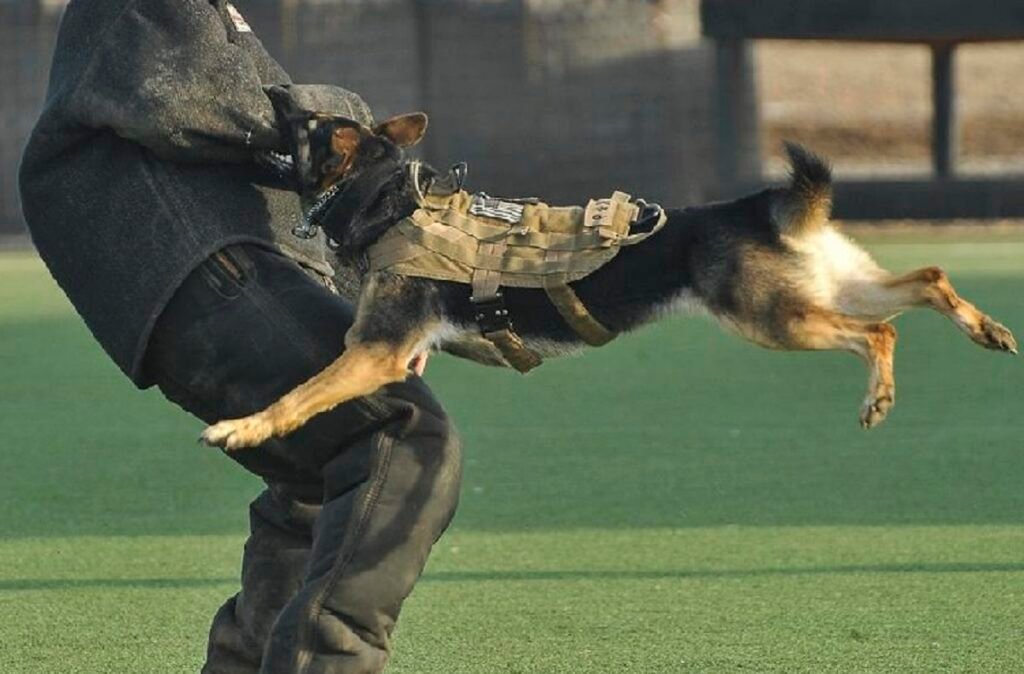
How to Treat Animal Bites in the Wilderness
Venturing into the great unknown of the wilderness can fill our hearts with exhilaration, but nature has a way of reminding us of its untamed essence. Amidst towering trees and treacherous terrains, encounters with wildlife are bound to occur, sometimes in the form of unexpected animal bites. Whether it is a curious raccoon or an agitated snake, these incidents demand our attention, quick thinking, and knowledge of the wilderness. In this guide, we delve into the art of treating animal bites in the vastness of the untamed, equipping you with essential tips and techniques to navigate this treacherous terrain with calm, confidence, and unyielding respect for the creatures that inhabit it. So, let us embark on this wilderness expedition together, as we explore the wild’s unwritten rulebook for handling animal bites and restoring serenity when nature’s teeth pierce our skin.
Table of Contents
- Recognizing Different Animal Bites: Identifying the Severity and Potential Risks
- Immediate First Aid Measures: Properly Treating and Cleaning Animal Bites in the Wilderness
- Preventing Infection: Essential Steps to Minimize the Risk of Complications
- Wilderness First Aid Kit: Must-Haves for Treating Animal Bites in Remote Areas
- Seeking Professional Help: Knowing When to Call for Medical Assistance
- Q&A
- Closing Remarks

Recognizing Different Animal Bites: Identifying the Severity and Potential Risks
When it comes to animal bites, knowledge is power. Understanding the severity of a bite and the potential risks associated with it is crucial in ensuring swift and appropriate action. Here are a few important things to consider:
- Dog Bites: Dog bites can range in severity, from mild scratches to deep puncture wounds. It’s important to closely examine the bite for signs of infection, such as redness, swelling, or discharge. If the bite is accompanied by excessive bleeding, severe pain, or if the dog is unknown or unvaccinated, seeking medical attention is advised.
- Cat Scratches: While cat scratches may seem harmless, they can carry serious consequences. Cat saliva contains bacteria that can lead to infections such as Cat Scratch Disease (CSD). If the scratch becomes red, swollen, or shows signs of infection, it is essential to consult a healthcare professional.
- Wild Animal Bites: Encountering a bite from a wild animal poses unique risks. Whether it’s a raccoon, squirrel, or bat, seeking medical attention is paramount. Even seemingly minor bites from wild animals can transmit diseases such as rabies, which require immediate medical intervention.
Keep in mind that these are general guidelines, and individual circumstances may vary. If you experience an animal bite, it’s crucial to consult a healthcare professional to assess the severity and determine the appropriate course of action.
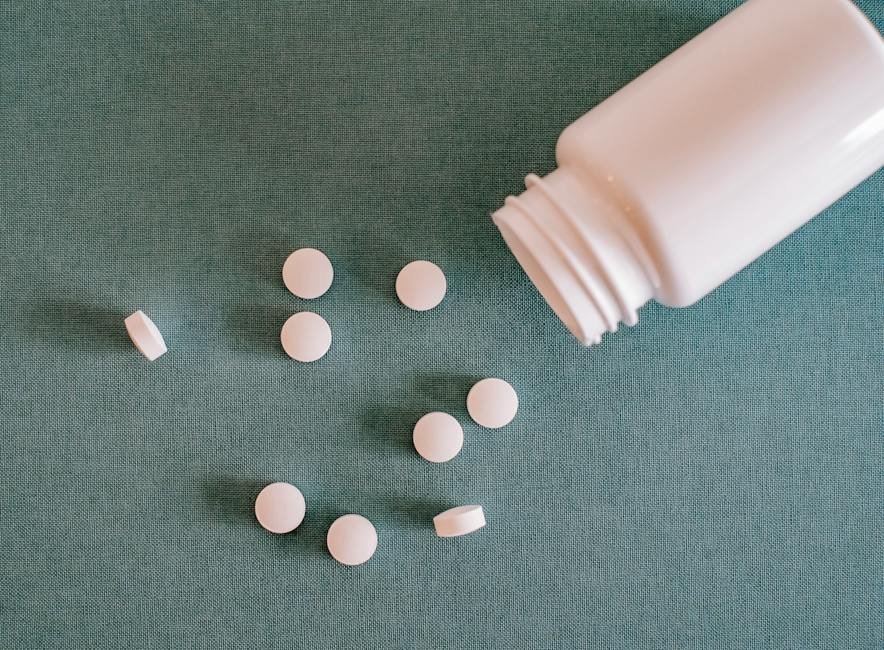
Immediate First Aid Measures: Properly Treating and Cleaning Animal Bites in the Wilderness
Encounters with wildlife in the wilderness can be both thrilling and unpredictable. However, it’s crucial to remember that even the gentlest creatures can resort to biting when they feel threatened or provoked. In case you or a fellow adventurer sustains an animal bite while exploring the great outdoors, swift and proper first aid measures are essential to minimize the risk of infection and ensure a speedy recovery.
Treating the Wound:
- Control the Bleeding: Apply gentle pressure using a clean cloth or gauze pad to stop any bleeding. Elevate the area if possible.
- Wash the Wound: Rinse the bite under cool, running water for at least five minutes to remove any dirt or saliva that may contain harmful bacteria.
- Disinfect the Wound: Apply an antiseptic solution to the bite area to reduce the risk of infection. Avoid using hydrogen peroxide or alcohol, as these can damage the skin tissue.
Seeking Medical Help:
While minor animal bites can often be treated on the spot, it’s crucial to understand the severity of the injury and when medical attention is necessary. Consider seeking professional medical help in the following situations:
- If the bite is deep, large, or jagged.
- If bleeding cannot be easily controlled.
- If the wound shows signs of infection, such as increasing redness, swelling, warmth, or pus.
- If the person bitten is displaying signs of an allergic reaction, like difficulty breathing, swelling of the face or throat, or hives.
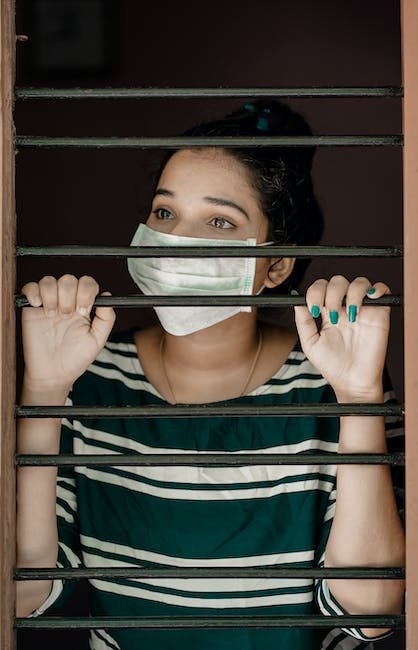
Preventing Infection: Essential Steps to Minimize the Risk of Complications
Infection prevention is a vital aspect of maintaining personal health and minimizing the risk of complications. By following a few simple yet essential steps, you can significantly reduce the probability of infection and safeguard yourself from potential health issues. Here are some key measures you should consider:
- Practice Proper Hand Hygiene: Regularly wash your hands with soap and water for at least 20 seconds. In situations where soap is unavailable, utilize hand sanitizers containing at least 60% alcohol.
- Avoid Touching Your Face: Your hands come into contact with countless surfaces throughout the day, making it easy for germs to enter your body through your eyes, nose, or mouth. Refraining from touching your face can help minimize this risk.
- Maintain a Clean Environment: Frequently disinfect surfaces that are frequently touched, such as doorknobs, light switches, and electronic devices. Regularly laundering your clothes and bedding also plays a significant role in preventing infection.
- Practice Respiratory Etiquette: Cover your mouth and nose with a tissue or your elbow when coughing or sneezing to prevent the spread of droplets. Dispose of used tissues immediately and wash your hands afterward.
- Adhere to Vaccination Recommendations: Stay up to date with your vaccinations to mitigate the risk of contracting certain infections. Consult your healthcare professional to ensure you are receiving the appropriate immunizations for your age and health condition.
By implementing these essential steps into your daily routine, you can proactively minimize the risk of infection and protect your overall well-being. Remember, prevention is the key to a healthier future!

Wilderness First Aid Kit: Must-Haves for Treating Animal Bites in Remote Areas
When venturing into the untamed wilderness, it’s essential to be prepared for any situation. Animal encounters, including bites and scratches, can happen unexpectedly and without warning. That’s why having a well-stocked wilderness first aid kit is crucial for your safety. This section will highlight some must-have items to treat animal bites effectively and prevent further complications.
1. Antiseptic wipes: These handy wipes are essential for cleaning wounds inflicted by animal bites. They help prevent infections and reduce the risk of complications. Remember to thoroughly clean the affected area before applying any medication or bandages.
2. Sterile bandages: Having an assortment of different sizes and shapes of sterile bandages is a must. These bandages are crucial for covering and protecting the wound, promoting healing, and preventing contamination.
3. Hydrocortisone cream: Animal bites can often result in itching and inflammation. Having hydrocortisone cream on hand can provide relief from discomfort and reduce swelling. Remember to follow the instructions for safe and effective application.
4. Betadine solution: Betadine solution is beneficial for cleaning wounds caused by animal bites. It helps kill bacteria and reduce the risk of infection. Use it in combination with sterile dressing to ensure proper wound care.
5. Tweezers: Tweezers are invaluable for safely removing any foreign objects from the wound and preventing further damage. Use them to extract splinters, thorns, or any debris that may have entered the skin.
Remember that while a wilderness first aid kit can be helpful, it is not a substitute for seeking professional medical attention. In case of severe or infected animal bites, it’s important to contact emergency services or visit the nearest medical facility as soon as possible. Stay safe and prepared to fully enjoy your wilderness adventures!
Seeking Professional Help: Knowing When to Call for Medical Assistance
When it comes to our health, it’s important to know when we need to reach out to medical professionals for assistance. While some ailments can be managed at home with rest and over-the-counter remedies, there are times when seeking expert guidance is crucial for our well-being. Here are some key signs and symptoms that should prompt you to pick up the phone and make that call:
- Severe, persistent pain: If you’re experiencing intense, unrelenting pain that doesn’t subside with time or usual pain relief measures, it’s essential to consult a healthcare provider. They can help identify the cause of the pain and devise an appropriate treatment plan.
- Sudden changes in vision, speech, or mobility: Any unexpected alterations in these critical functions should not be ignored. These could be signs of a stroke or another serious medical condition that requires immediate attention.
- Difficulty breathing: If you’re finding it hard to catch your breath, experiencing chest tightness, or turning blue, it’s crucial to seek medical assistance right away. Breathing difficulties can be an indication of a severe respiratory problem or a cardiac event.
- High fever with persistent symptoms: Although a fever is often a sign that our body is fighting off an infection, a persistently high fever accompanied by severe symptoms like vomiting, confusion, or a rash may require medical attention.
- Sudden and severe injuries: If you’ve been involved in a serious accident or experienced a traumatic injury, it’s vital to call for medical assistance immediately. Delaying treatment in such cases can lead to complications or permanent damage.
Remember, the decision to seek professional help should always be based on your individual circumstances and intuition. If you’re ever in doubt, it’s better to err on the side of caution rather than risking your health or well-being.
Q&A
How should I clean an animal bite in the wilderness?
It’s important to clean the bite thoroughly using clean water and mild soap. If possible, use an antiseptic solution to further disinfect the area and pat it dry with a clean cloth or tissue.
What should I do if I am bitten by a venomous snake or spider?
If you are bitten by a venomous snake or spider, it is crucial to stay as calm and still as possible. Seek immediate medical help, and do not attempt to suck out the venom or apply a tourniquet, as these methods are ineffective and can worsen the situation.
Can I use natural remedies to treat animal bites?
While some natural remedies may offer mild relief, they should never be considered a substitute for proper medical attention. It is always best to seek immediate medical assistance for any animal bite and follow the advice of healthcare professionals.
What should I do if a wild animal bites me?
If a wild animal bites you, it is essential to put your safety first. Remove yourself from the immediate vicinity of the animal and seek medical help as soon as possible. In the meantime, cleanse the wound with clean water and apply pressure to control bleeding if necessary.
Should I be worried about rabies if bitten by an animal in the wilderness?
Rabies is a serious concern when bitten by animals in the wilderness, especially if the animal is a bat, raccoon, skunk, or fox. It is crucial to seek medical attention promptly, as rabies can be fatal if left untreated. Medical professionals will assess the potential risk and provide necessary vaccinations.
How should I dress and care for an animal bite wound in the wilderness?
After cleaning the wound, cover it with a sterile bandage if available, or use a clean cloth and secure it firmly. Change the dressing regularly, keep the wound clean, and monitor it for signs of infection such as redness, swelling, or increased pain. Seek medical attention if any concerning symptoms arise.
Closing Remarks
In the untamed vastness of the wilderness, the enchantment of nature can quickly turn into a battle for survival. When confronted with an animal bite, fear and panic can become our fiercest adversaries. Yet armed with knowledge and a level head, we transform into warriors capable of overcoming even the most daunting challenges.
Remember, prevention is the first line of defense against animal bites. By respecting wildlife, maintaining a safe distance, and properly storing food, we can minimize our chances of encounters. However, unforeseen circumstances may still bring us face-to-face with a wild creature’s wrath.
As we traverse through these uncharted territories, it is crucial to be prepared for the worst-case scenario. Packing a well-stocked wilderness first aid kit that includes disinfectants, bandages, and medications to manage pain can be a lifesaver. The wilderness becomes our classroom, where understanding animal behavior and knowing how to respond can mean the difference between life and death.
The treatment of an animal bite should always begin by assessing the extent of the wound. Remaining calm, no matter how dire the situation, allows us to think clearly and act accordingly. Cleaning the bite thoroughly with clean water or antiseptic wipes becomes our initial act of defiance against the invisible threats that lurk within the fangs or talons.
Next, we set out on a journey towards self-healing. Applying antibiotic ointments, snapping on sterile dressings, or tightly wrapping the wound acts as a shield against infection and promotes a swifter recovery. Remember, though we may be cut off from civilization’s embrace, we carry within ourselves the strength to endure, adapt, and heal.
Seeking professional medical assistance at the earliest available opportunity should not be overlooked. Even in the wild, there are signs of hope. Satellites transmit signals that summon rescue teams who ride in on wings of courage, ready to facilitate our return to civilization’s embrace. These professionals can further assess the severity of the wound, administer higher-level care, and ensure that no lasting scars mar our physical or emotional journeys.
As we conclude this enlightening adventure into the world of wilderness medicine, remember that knowledge and preparation pave the path to survival. By equipping ourselves with the necessary skills and tools, we shatter the shackles of fear. We emerge from our encounters with wildlife not as victims, but as warriors endowed with the ability to conquer the untamed.
In the realm of nature, animal bites may test our mettle, but they do not define our spirit. Embrace the wild, respect its inhabitants, and embark on every expedition with an unwavering determination to emerge victorious. Let the echo of your footsteps carry the essence of resilience, for when we heal amidst the untamed, we forge bonds with nature that last a lifetime.
As an affiliate, my content may feature links to products I personally use and recommend. By taking action, like subscribing or making a purchase, you’ll be supporting my work and fueling my taco cravings at the same time. Win-win, right?
Want to read more? Check out our Affiliate Disclosure page.



